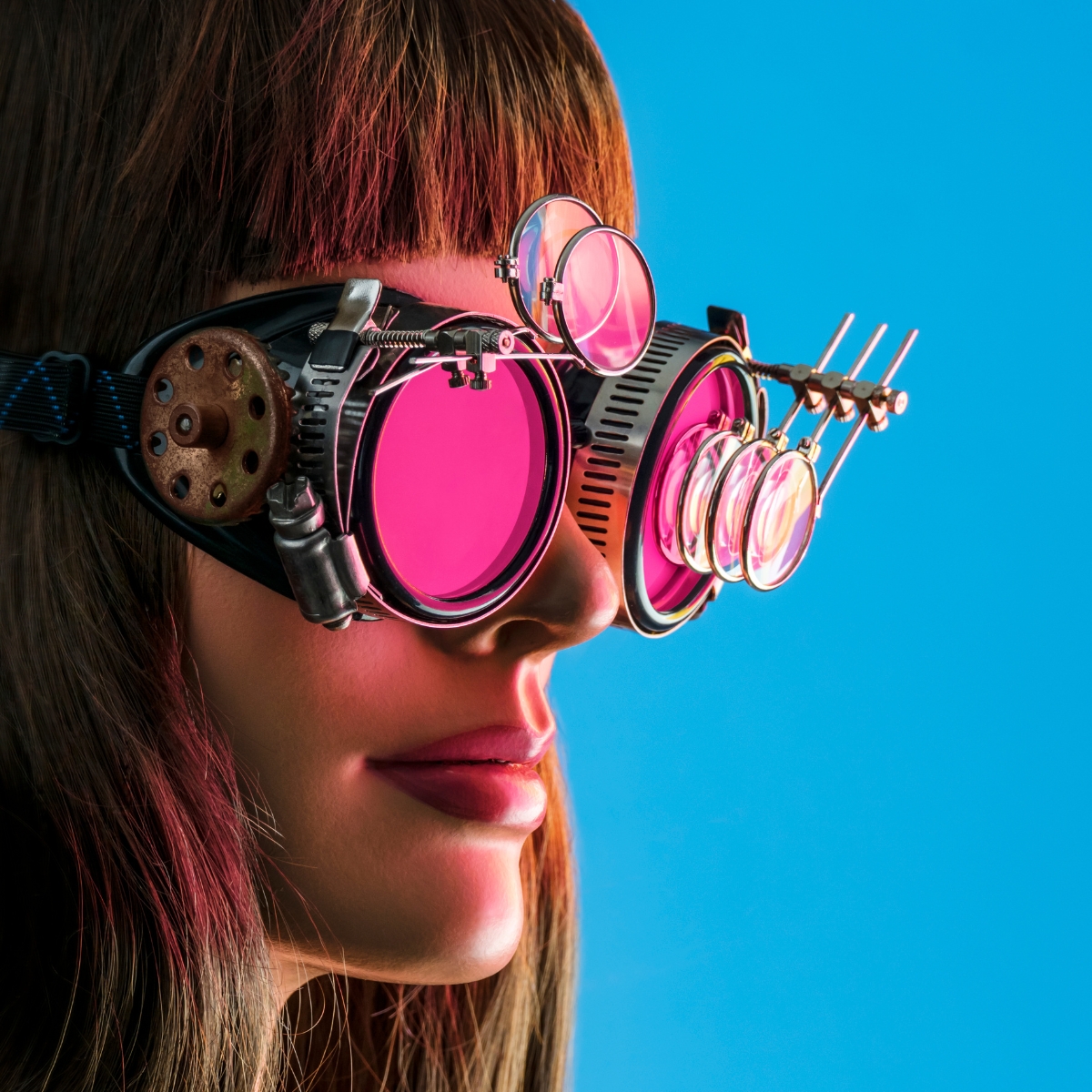The future of Augmented Reality (AR) and Virtual Reality (VR) promises to reshape our interaction with the digital and physical worlds. These immersive technologies, once confined to the realms of gaming and entertainment, are rapidly expanding into various sectors, creating new opportunities and transforming everyday experiences.
1. AR: Enhancing Reality
AR overlays digital information onto the real world, enhancing our perception and interaction with our environment. In the coming years, AR is set to revolutionize industries such as healthcare, education, and retail. For instance, surgeons can use AR to visualize complex procedures in real-time, improving precision and outcomes. In education, AR can bring history to life, allowing students to explore ancient civilizations in their classrooms. Retailers can offer virtual try-ons, enabling customers to see how clothes fit without stepping into a store.
2. VR: Immersing in New Worlds
VR creates entirely virtual environments, offering immersive experiences that can transport users to different worlds. Beyond gaming, VR’s potential lies in areas like training, therapy, and remote work. Companies are using VR for employee training, providing realistic simulations without the risks associated with real-world scenarios. In therapy, VR is proving effective in treating phobias and PTSD by creating controlled, immersive environments. As remote work becomes the norm, VR can facilitate virtual offices, making remote collaboration more engaging and productive.
3. The Integration of AR and VR
The convergence of AR and VR, often referred to as mixed reality (MR), will further blur the lines between the digital and physical worlds. MR can create dynamic interactions where digital objects respond to the real-world context, opening up new possibilities for innovation.
4. Challenges and Opportunities
Despite the excitement, challenges such as high costs, technical limitations, and privacy concerns remain. However, continuous advancements in technology and increasing investment are driving down costs and improving accessibility.
The future of AR and VR is bright, with the potential to transform our daily lives, enhance industries, and create new forms of interaction and entertainment. As these technologies evolve, they will undoubtedly become integral to our digital landscape.







